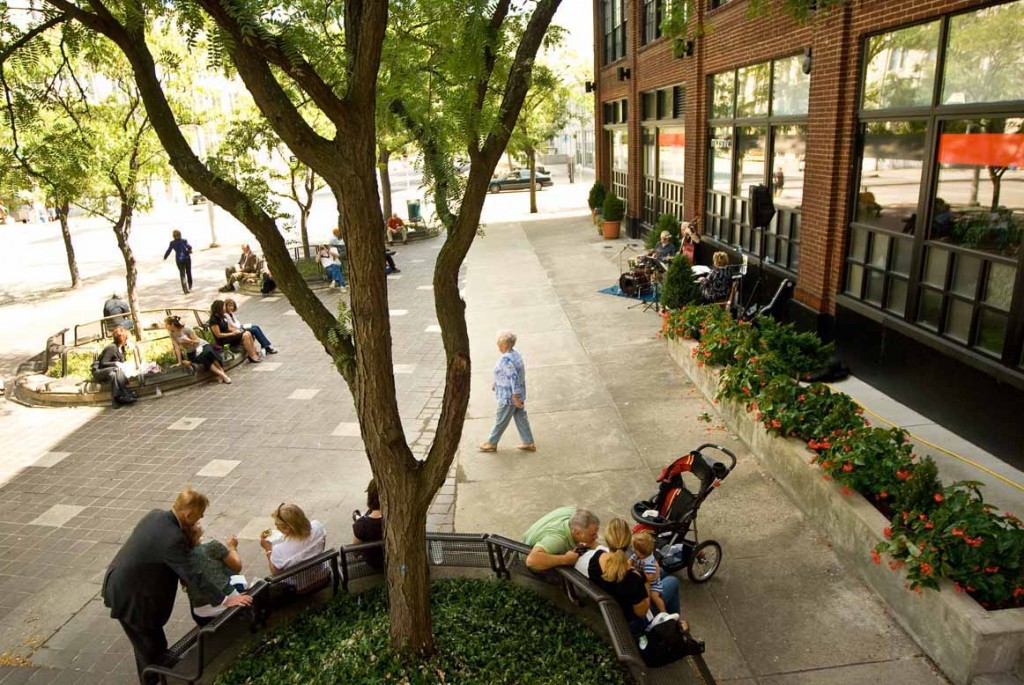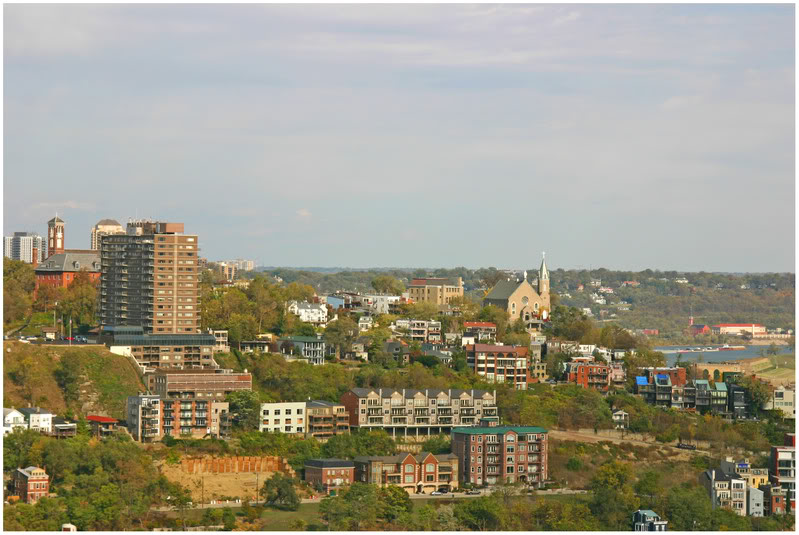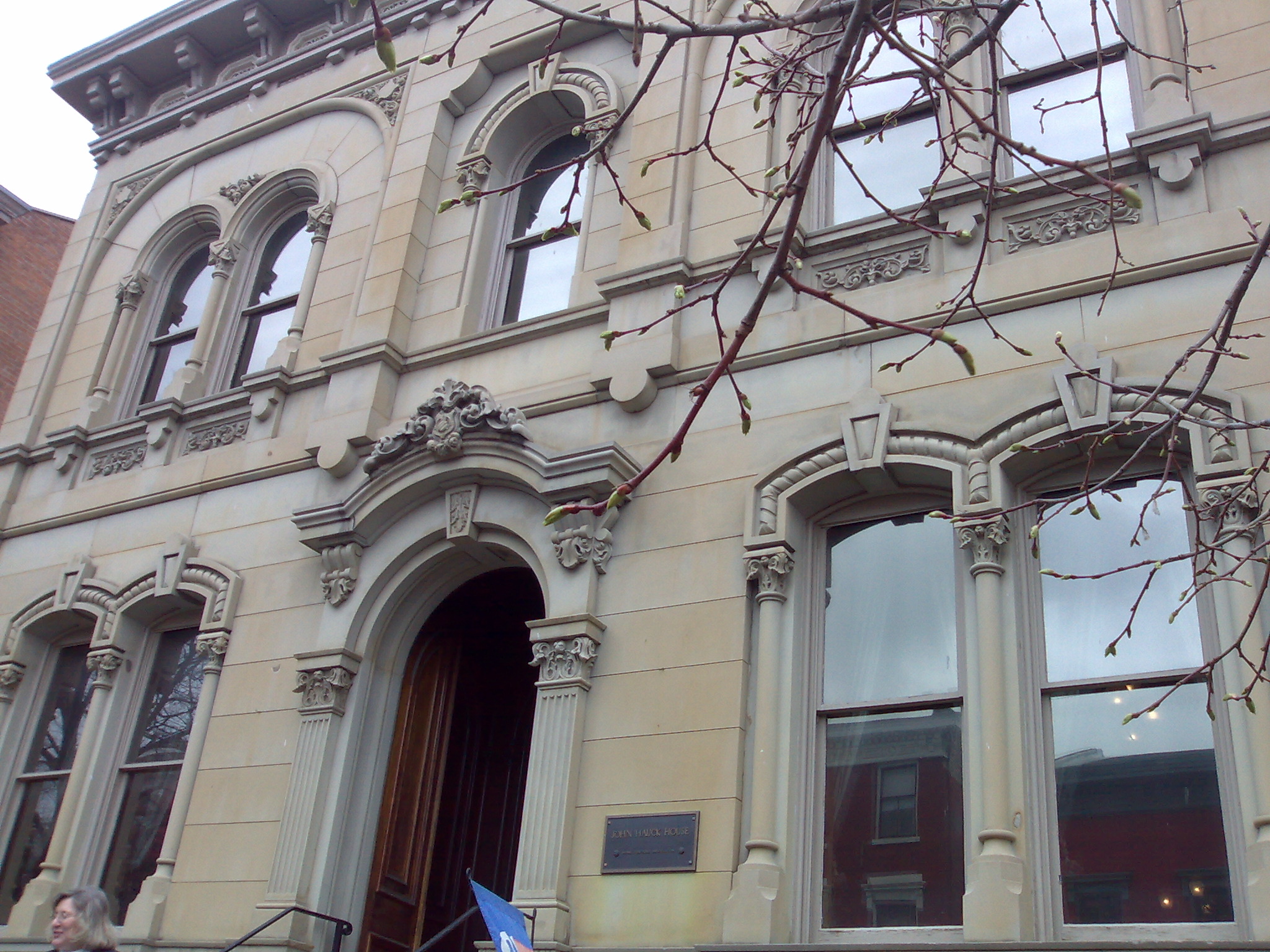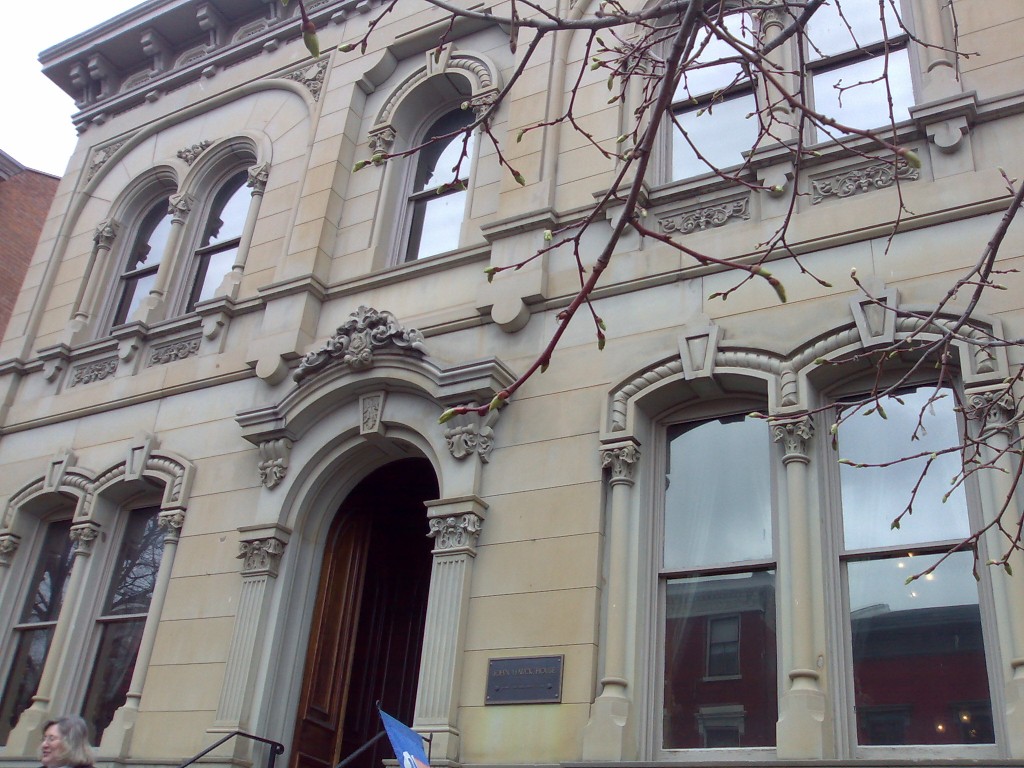For a city that has so much to be proud of, Cincinnati and her citizens seem to have something of a self image problem. For all the positives going on around town, many feel it’s easier to focus on the negative. This poses a problem as the city and the people in it work to establish a seat at the table among other world class cities. Despite the Queen City’s history, heritage, architecture, development, and sense of place, the question remains: How does the rest of the world see us?
Though the jury is out on how recent reality TV series is affecting our image, Councilmember Laure Quinlivan has made Cincinnati’s brand image one of her priorities. At a recent Quality of Life committee meeting, Councilmember Quinlivan focused on the topic, bringing in professionals from regional and local tourisim and economic development groups to discuss the current image that Cincinnati has established for itself.
“Cincinnati used to be known for Reds owner Marge Schott, and then racial troubles, and now we’re known for… what exactly? I’m curious to know what people across the country think of when they think of Cincinnati, and look forward to hearing from the people whose job it is to know,” says Quinlivan.
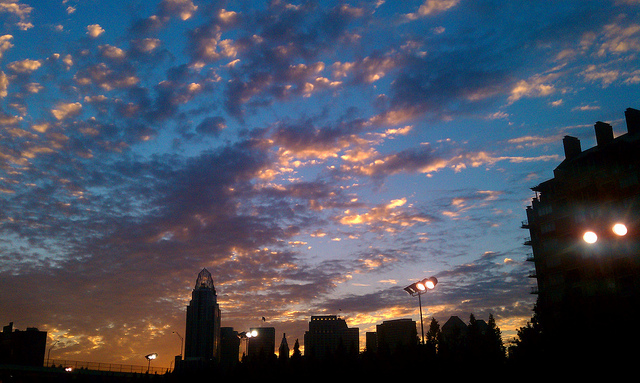
She requested four different groups who market Cincinnati’s image to present to the committee members. The key focus of groups like Cincinnati USA, HYPE Cincinnati, and the city’s economic development office is to market Cincinnati as a great place to live, work and play across the board – not just “Young Professionals,” but to visitors and potential conventions.
The various groups have been working tirelessly to promote the city’s image all over, in order to bring in people who might not have considered the city otherwise. They have pulled data both from visitors and residents, to determine who is coming in to the region and why they are staying. “The image that we’re promoting (for Cincinnati) is that this is a good place to do business. Businesses want to see numbers – we have shown the companies that are here, the revenues, the tax info, demographic data,” said Patrick Ewing with the city’s Economic Development office.
The results are surprising. People are coming in to visit from all over the country. Not only cities nearby, like Indianapolis and Louisville, but others farther away, in Charleston, South Carolina, Pittsburgh, Chicago and even New York City check out the Cincinnati USA website for tourism information to find out more about what’s going on around town.
According to the report he presented, 63 to 80 percent of the city’s visitors are loyal repeats, who come in, for example, to see Reds games or a festival year after year. One of the biggest new developments will be the 2012 World Choir Games, which will bring in over 20 thousand performers from over 80 countries to Cincinnati.
In 2010 the city launched ChooseCincy.com as a way for potential visitors and new residents and businesses to see all the reasons to come to the city.
“One of the pieces we tried to draw out in there is that Cincinnati has a small town feel, there is a small town affordability, but with big city amenities,” said Doug Moorman, president and CEO of the Cincinnati USA Regional Chamber. “There are major league sports, theater, we have all five of the major art disciplines represented here. You don’t have to go to Chicago or New York – you can be in Cincinnati and have those big city amenities but also afford to indulge in them.”
These groups, along with others in the city, are working to overcome the negative voices and embrace the Queen City for what she really is – world class.
Cincinnati skyline photograph by UrbanCincy contributor Thadd Fiala.

